STEPS
TOOLS
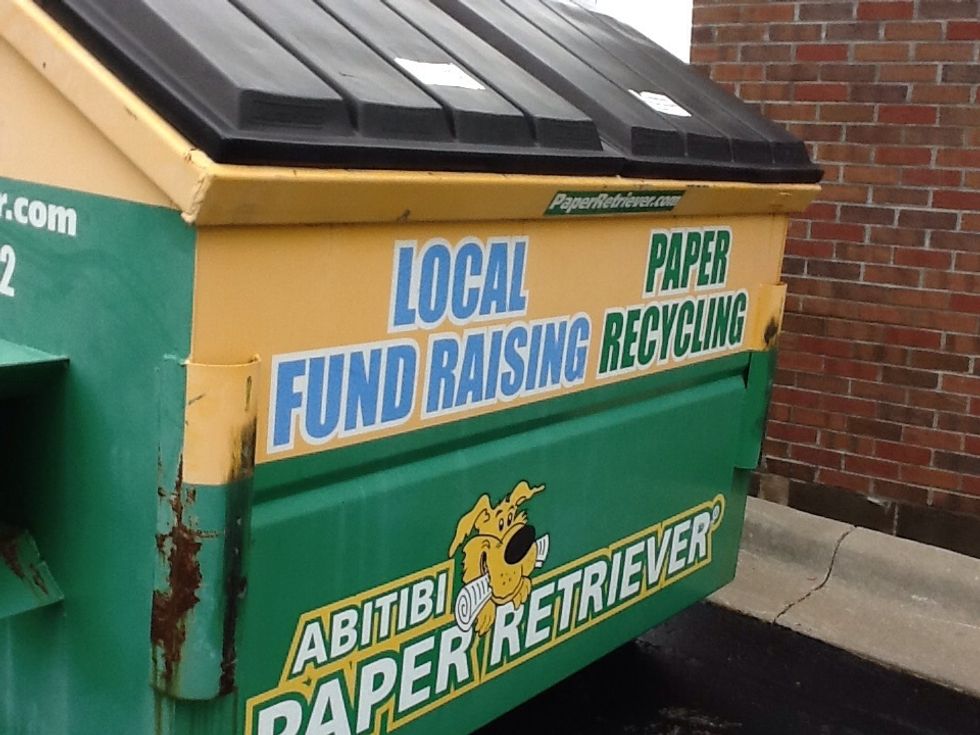
What should go in here? A general pictorial guide and interesting information follows.
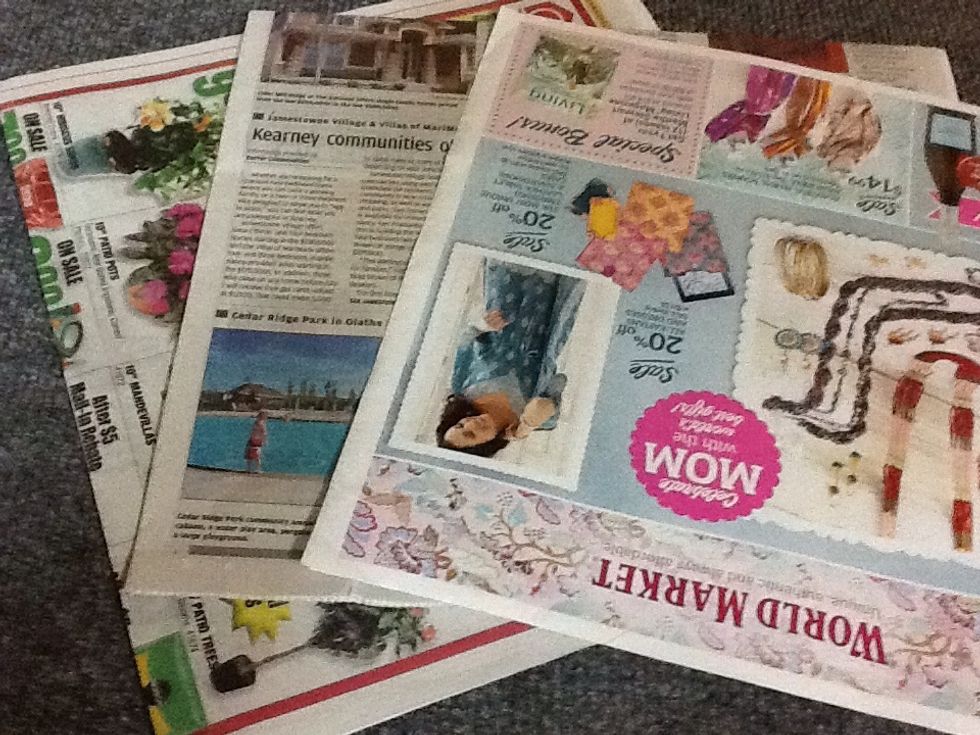
Newspaper and ad supplements.

Product catalogs.
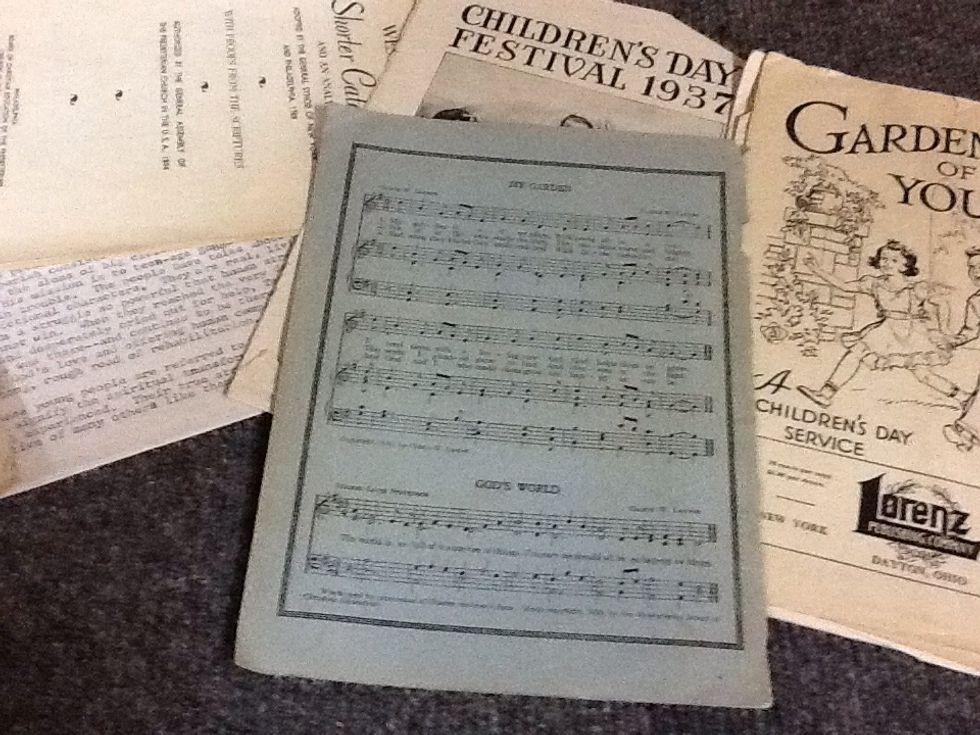
Old papers of all sorts.

Extra unneeded craft items.
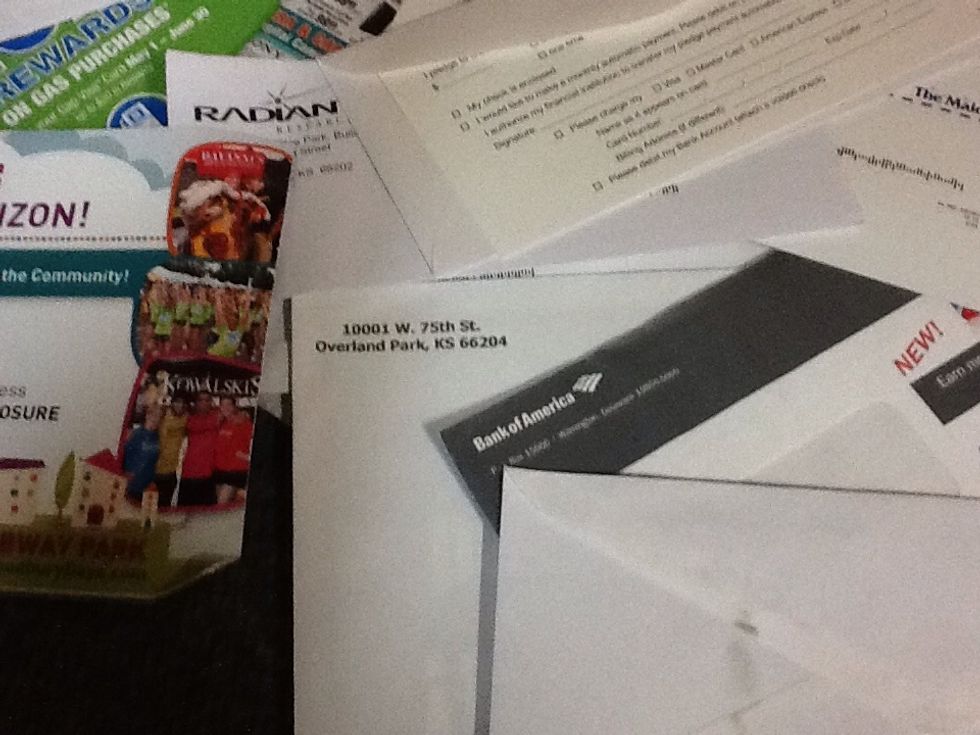
Junk mail. Just add what you feel comfortable with placing in an unguarded paper bin.
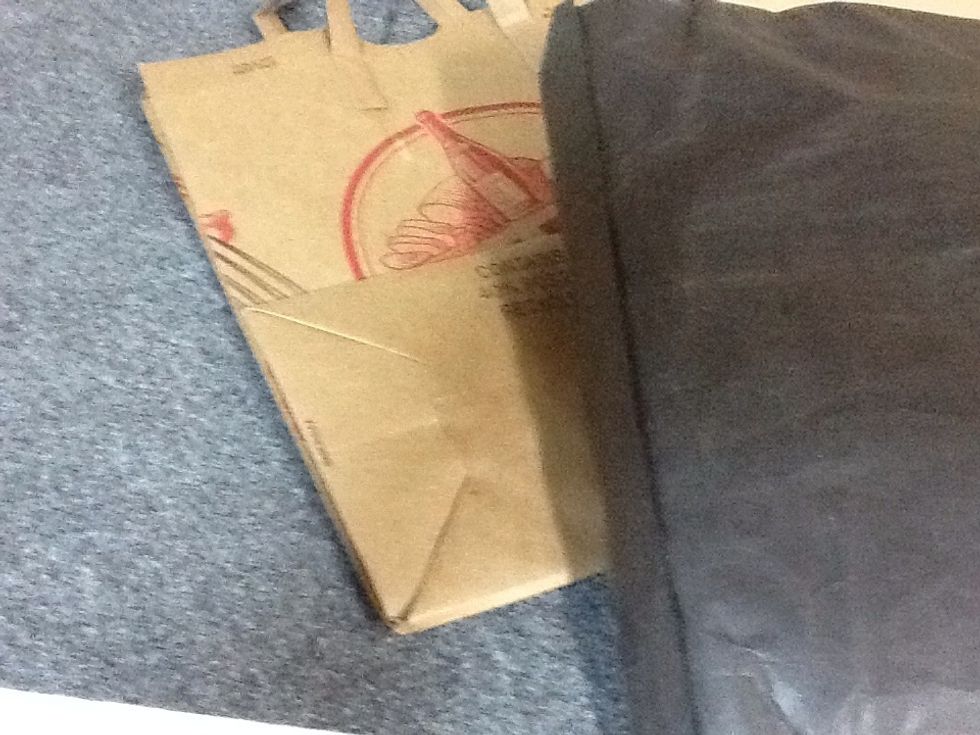
Paper sacks/bags.
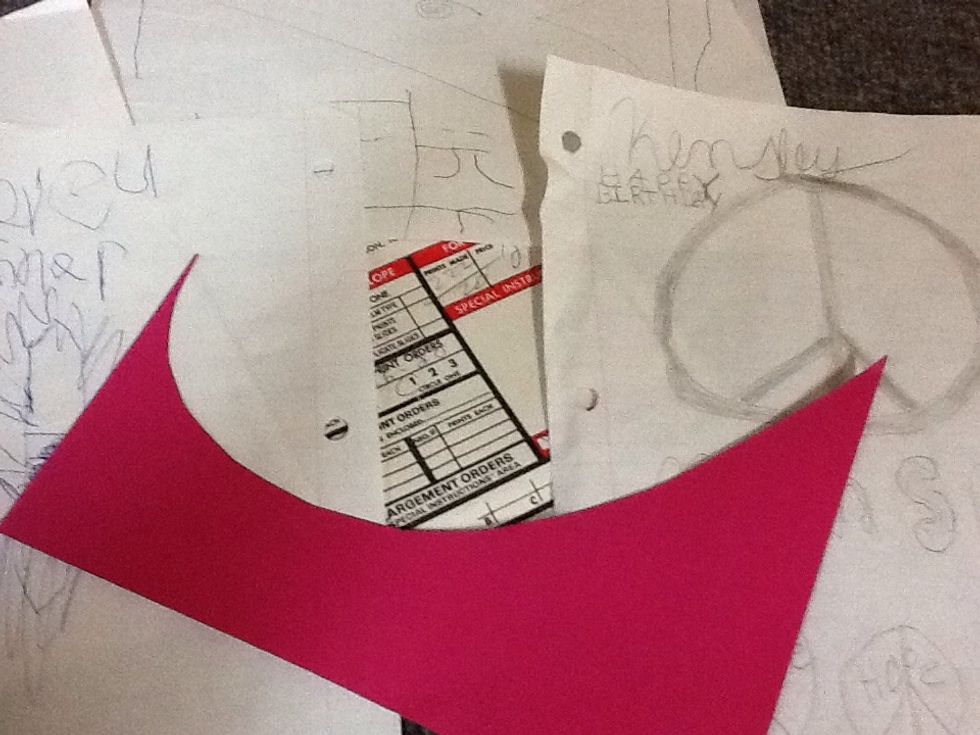
Paper scraps from several different sources.
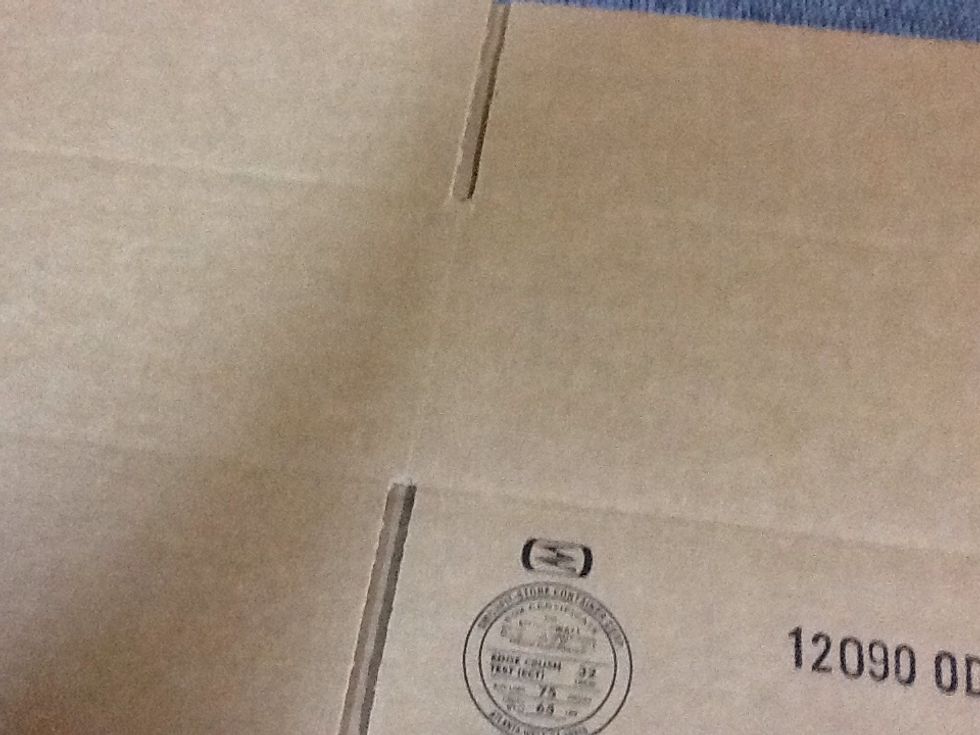
REMEMBER, NO CARDBOARD!!!!!!!

NO PLASTIC BAGS, but the paper contents are OK.
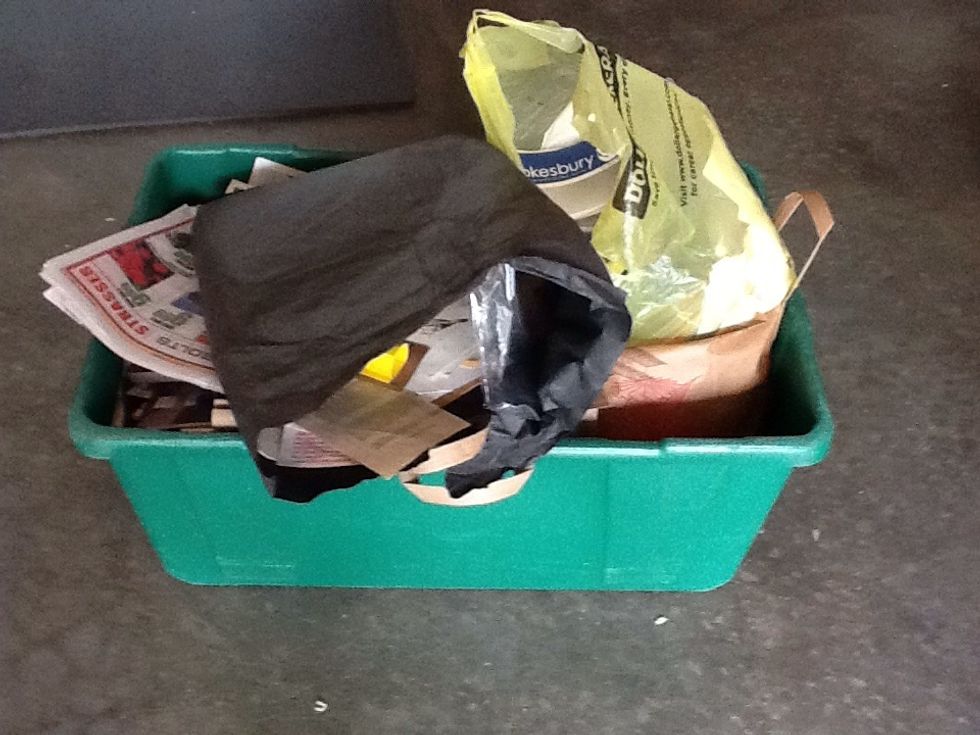
Finished tub ready to take to the paper bin. The two plastic bags visible here were removed before the waste paper was put into the bin.
If your organization collects paper in this type of bin, you can get about $20 per ton of paper. A family of four generates about 3,000 pounds of waste paper annually - 250 pounds per month!
Every ton of recycled paper conserves 3 cubic yards of landfill space and saves about 7,000 gallons of water.
To summarize, newspapers and their inserts, magazines/catalogs, office/school papers, Junk mail and regular mail (be careful with credit card ads) are perfectly acceptable for paper recycling.
NOT ACCEPTABLE: cardboard, food boxes (cereal boxes, etc. - recycle these with your cardboard), text books, hard cover books, or phone books.
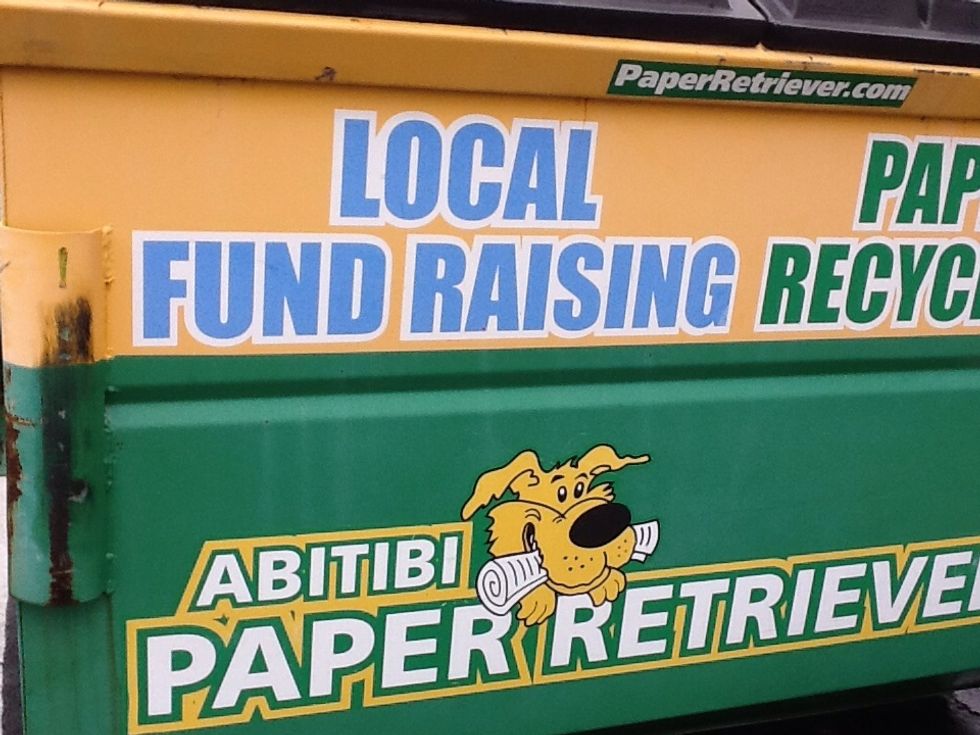
Use it wisely. Thanks for being a good steward.
- Plastic tub to hold paper
Mike Turvey
Retired Federal employee. Currently part time income tax preparer. Six fantastic grandchildren.
Midwest USA.
The Conversation (0)
Sign Up